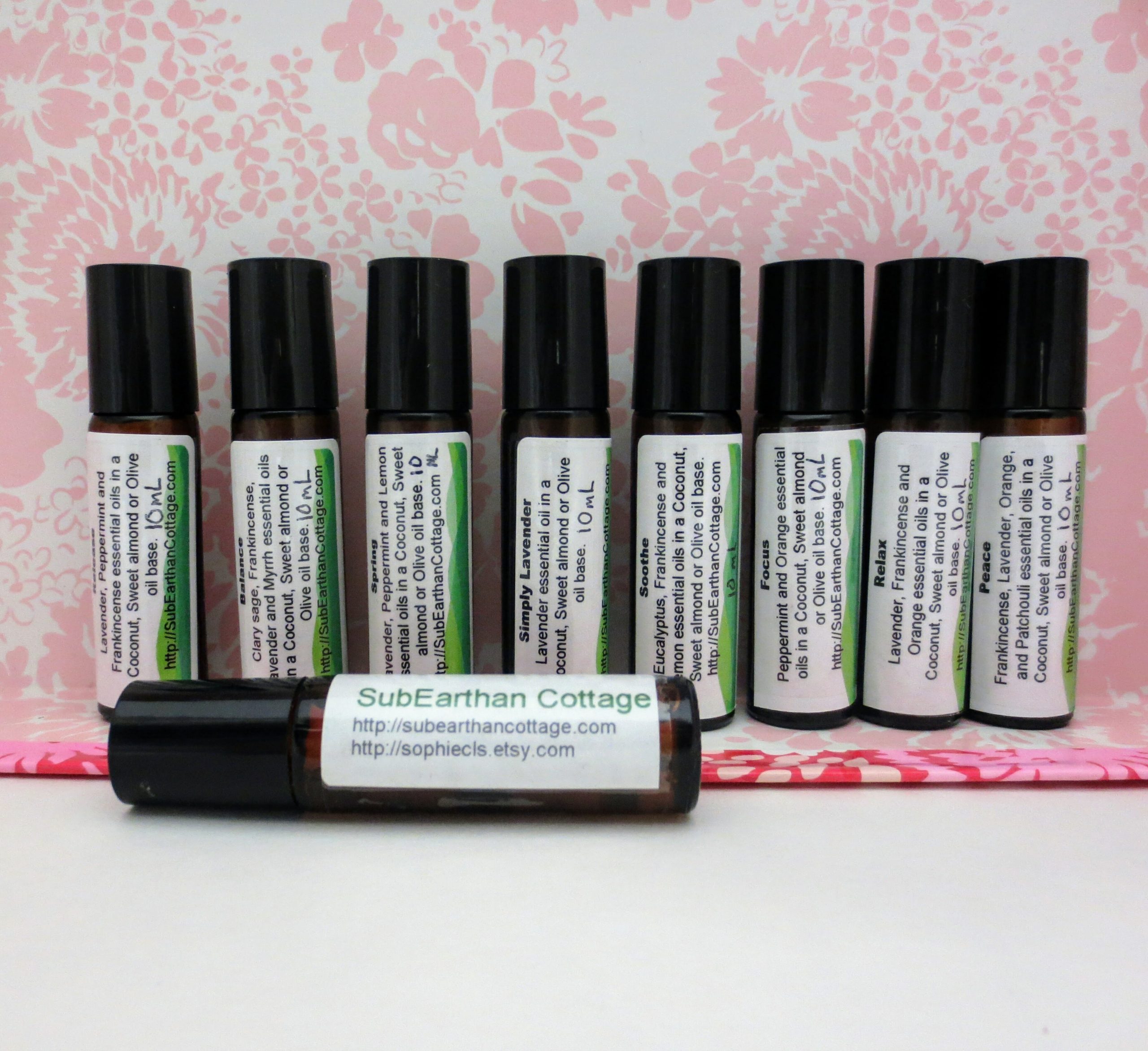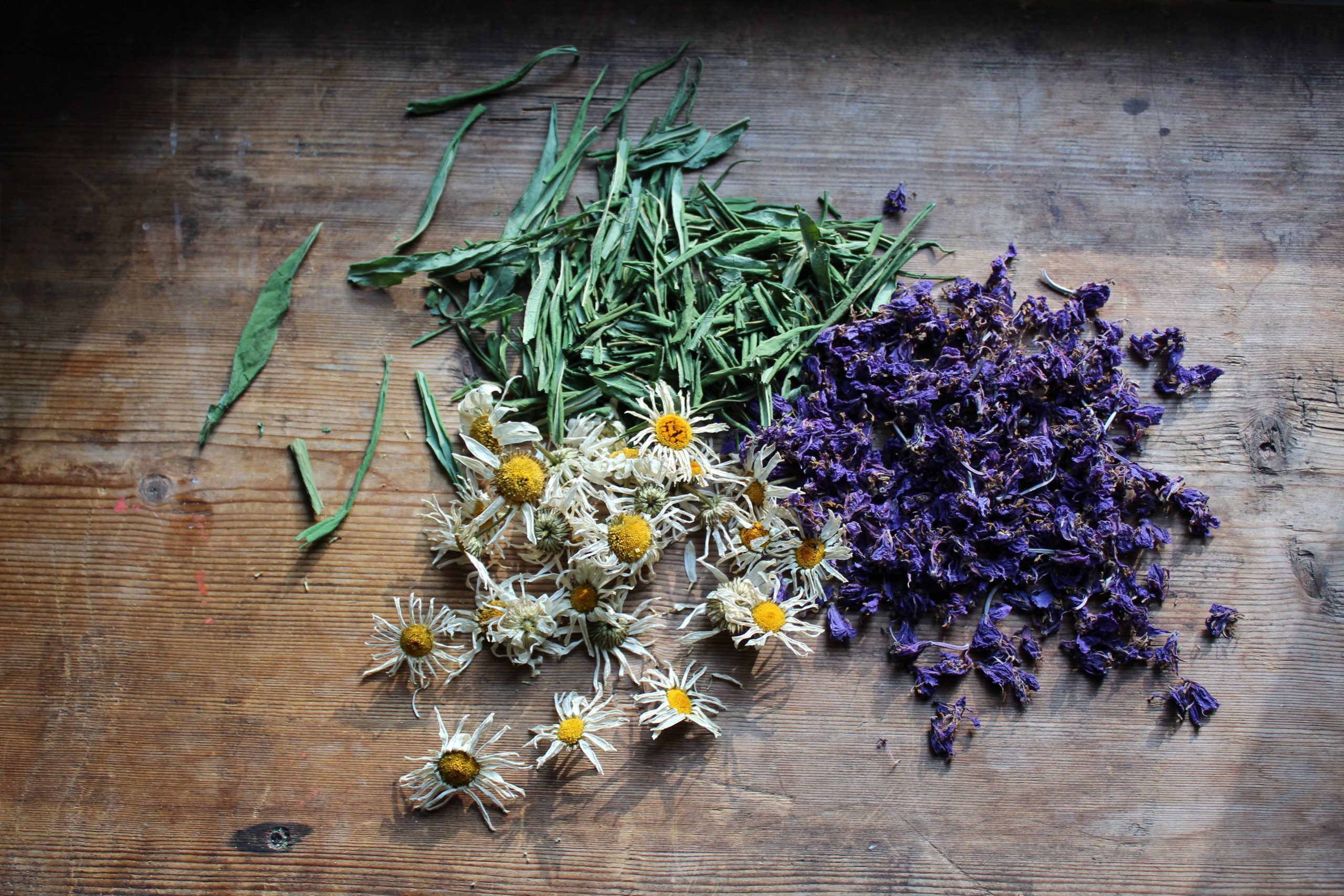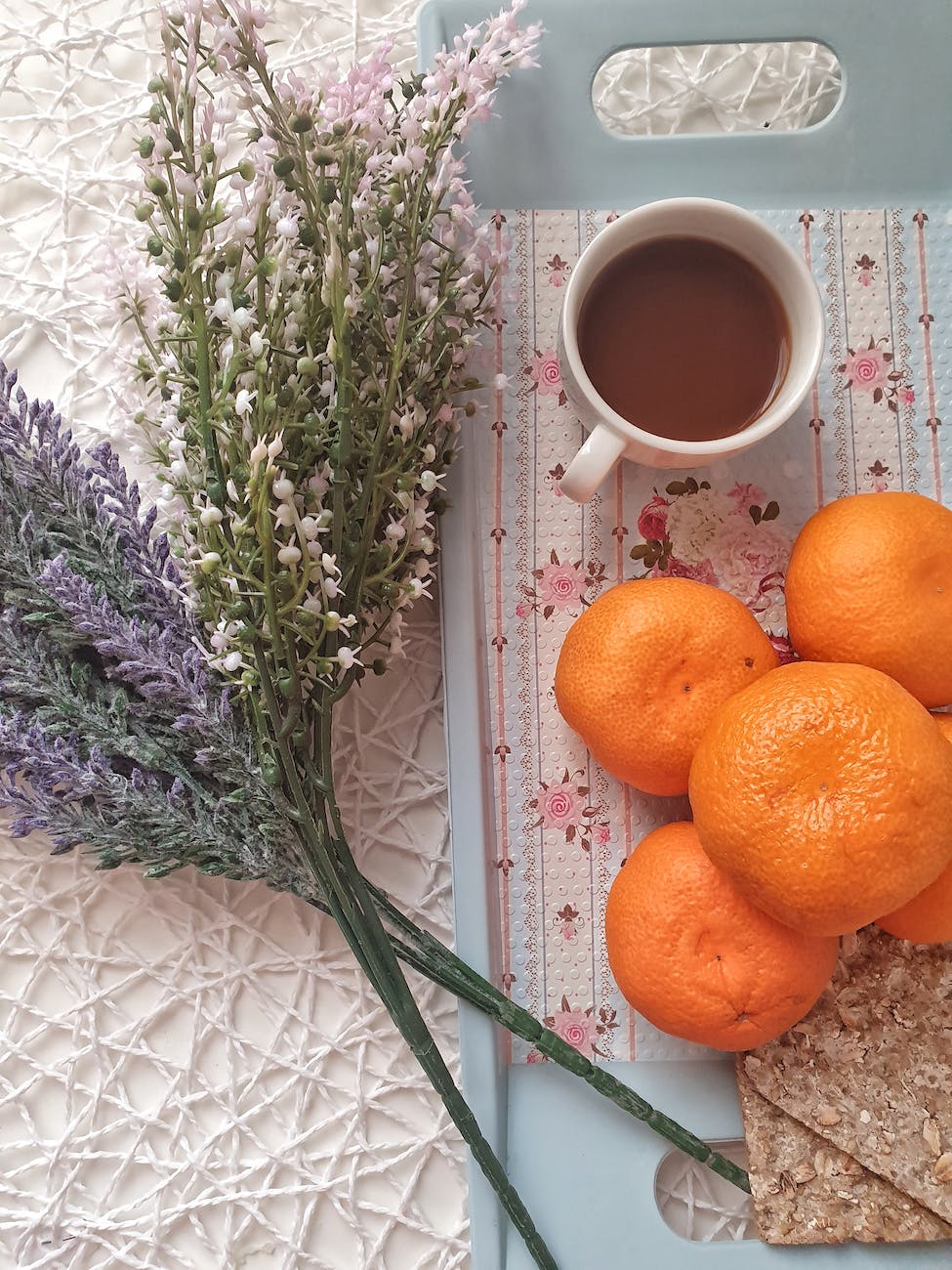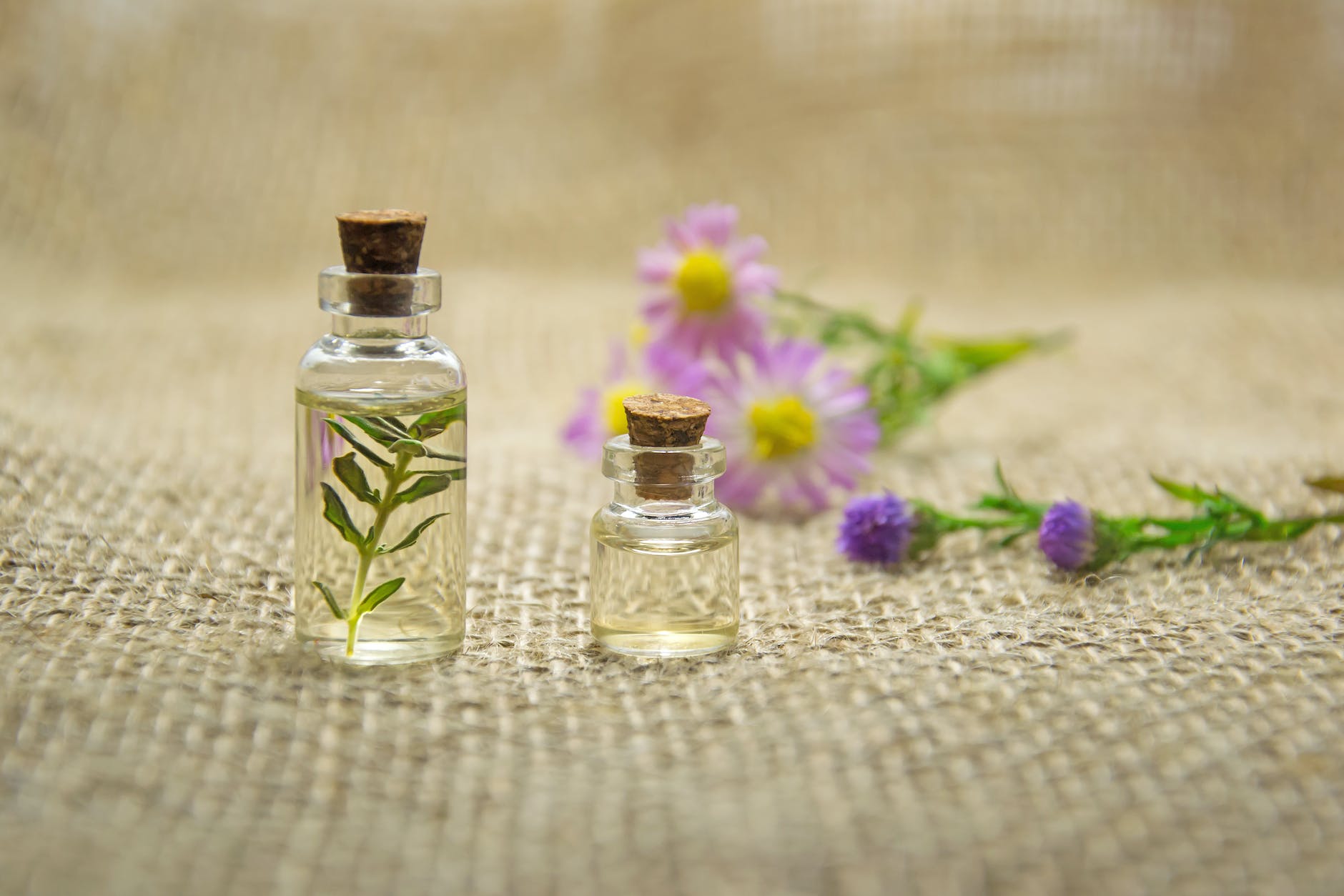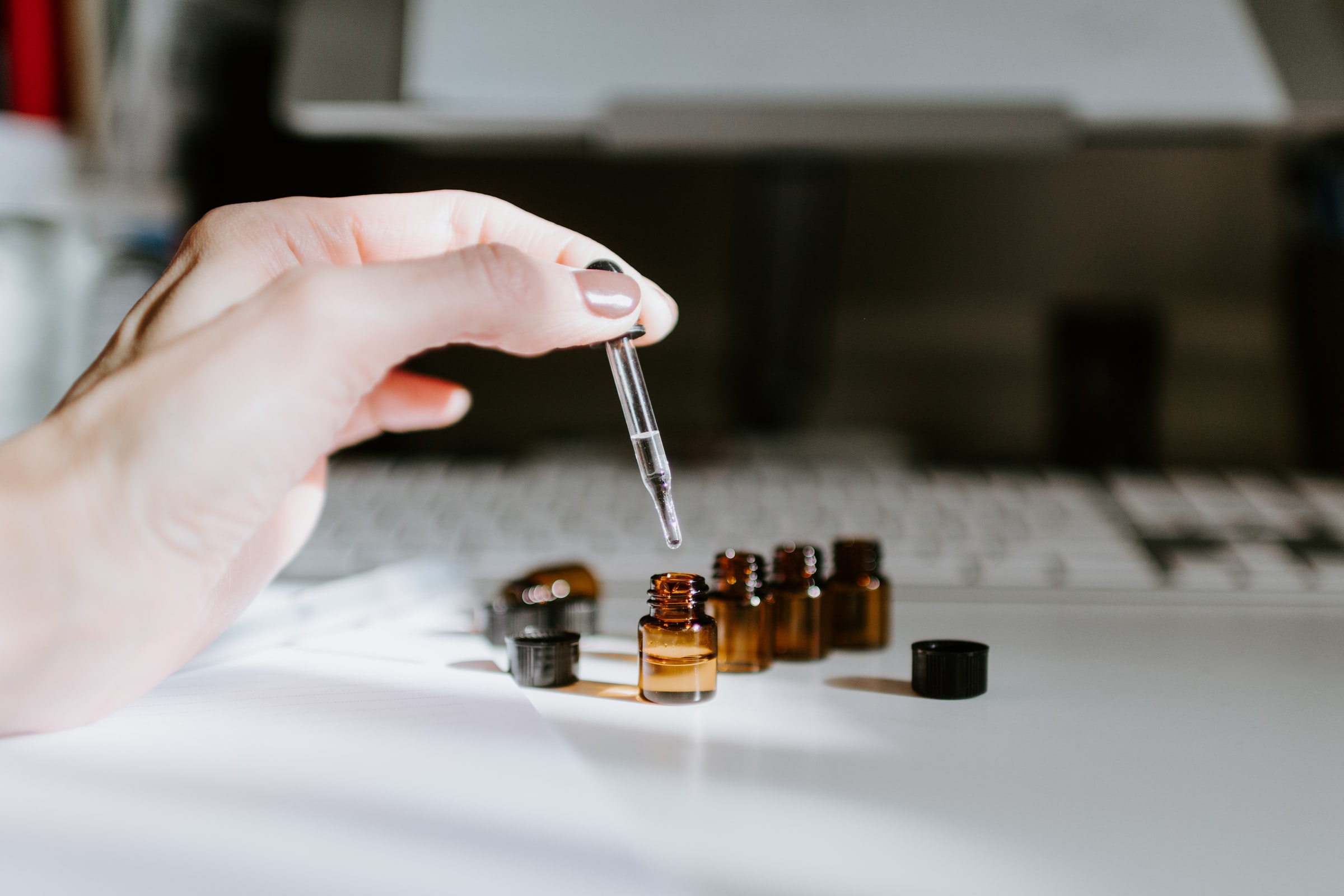
With summer right around the corner, it’s the perfect time to talk about how aromatherapy can help when you travel. To have the most fun, to get the most out of the experience, it’s important that you and your loved ones have the means to overcome those little ailments and discomforts that can make the experience range from mildly unpleasant to downright unbearable. How can we include a little ‘trip insurance’ to our already overstuffed luggage? Aromatherapy has an answer with some readily-available essential oils.
Motion sickness, bug bites, digestive difficulties, and general travel weariness, to name a few, are common discomforts experienced when venturing away from home. A small collection of inexpensive essential oils can provide great relief from these amusement-threatening ailments. Treatment with these oils is simple, ranging from inhaling a little oil from a tissue or diffuser, using them in a room spray, diluting them in a carrier oil and using on skin, or to adding to a bath. For stomach ailments, you can even consume the food form of oils. And, thankfully, relief often comes quickly because of the oils’ powerful properties and compatibility with our own bodies.

It begins with the journey
We’ll begin with ‘getting there’. Any trip starts with traveling. By car, boat, plane, or otherwise, motion sickness commonly affects many people, particularly children. This can easily make the ‘traveling’ portion of your experience absolutely no fun. Enter peppermint essential oil.
Peppermint has long been used to calm uneasy stomachs, and is easily used. While it is unsafe to consume essential oils in water or, does this really need to be said, neat (undiluted), peppermint candy contains a safe to consume form of peppermint oil. Peppermint tea is another safe option.
Another well known essential oil for stomach upset is ginger essential oil. A little inhaled from a tissue or well diluted in a carrier oil and rubbed on the abdomen can bring relief. As with peppermint, ginger candy and ginger tea are safe methods to ingest ginger oil. This can help alleviate food-related stomach issues as well.
When traveling by car, peppermint can also be uplifting to the weary driver or passenger, a drop or two placed on tissues in the car or near your seat will release the aroma into your surroundings. Be careful with this oil however, as getting it on sensitive areas of the skin (directly under the nose, and certainly near the eyes) can cause irritation. Tissues with the oil on it should not touch these areas directly. It is also important that any essential oil used in an enclosed space is safe for everyone in the space. Also, please do not use peppermint in lieu of regular breaks and rest.
If you can only choose one…
Lavender for stress
Even traveling for a fun vacation can be stressful. Enter one of the most versatile and well-known essential oils: lavender. Lavender has been called ‘a medicine chest in a bottle’ due to its wide range of effects. The aroma of lavender is uplifting and relaxing, useful for stress in congested airports or crowded highways. Breathing this very safe essential oil is effective for adults and children alike, inhaling drops from a tissue directly, or from one’s placed in your surroundings can help you and your companions be at ease.
Lavender for injuries
Lavender essential oil is also an effective wound-healer because of its anti-inflammatory, mild antibacterial, and skin-regenerative actions. It is one of the few essential oils that can be used neat, however I still recommend diluting it in a carrier oil. I have used it directly in the case of minor burns and bug bites, but please read up on it further before deciding if that usage is safe for you.
Bugs don’t like Aromatherapy
Bug bites are no fun. Lavender essential oil can help repel insects. For a greater effect, try an insect repellent blend composed of equal parts of lavender, and peppermint, and a double-dose of lemongrass essential oil. A drop or more placed on tissue or cloth about your room can keep the insects out of your space; 3 drops of this blend per teaspoon of carrier oil can be regularly applied to the skin, or you may mix a similar amount into any lotion you may have. For areas heavily infested with mosquitos, I still recommend using a repellent with DEET due to the risk for disease, but for general usage I prefer the essential oil blend.
Jet lag?
Lavender can also be used alone or in combination with geranium, chamomile, peppermint and eucalyptus oils in relieving the effects of jet lag. Getting out of this weary state as quickly as possible makes any trip more enjoyable. This requires getting yourself and companions in-synch with local time, having good rest at night and perhaps a gentle lift in the mornings and throughout the day.
To get yourself into the swing of local time, relax and be ready for bed with equal parts of lavender and geranium essential oils, chamomile may also be used in place of the geranium, and works especially well for soothing children (if they are irritable for ANY reason). Add a few drops in a carrier oil to a bath or use in a massage oil. For a morning eye-opener, do the same using equal amounts of peppermint and eucalyptus. It is especially important to dilute the peppermint and eucalyptus essential oils in a carrier oil. Otherwise, you may end up irritating sensitive areas of the body. You will find these useful at other times when you need a little clarity and lightening-up.
Eucalyptus aromatherapy on the road
Eucalyptus, the narrow leaf variety is a favorite – has a great range of uses as well. It is most commonly known for relieving congestion, but it can also support circulation, and bring lightness to a travel-weary head.
Eucalyptus oil can be used like peppermint to uplift and invigorate during long intervals in a car. It can be diluted in a carrier oil and added to a cool bath or used diluted on a cold compress in cases of heat exhaustion (accompanied by, of course, copious amounts of water and electrolytes!).
Eucalyptus oil may be blended with geranium as a massage oil (3 drops eucalyptus and 2 drops geranium per tablespoon of carrier oil) to relieve heat cramps. For congestion relief, blend 1 drop eucalyptus, 3 drops lemon, 2 drops thyme, and 2 drops tea tree in a carrier oil and add to a bath. Soak and breathe deeply, or simply add a few drops to a steaming bowl of water and inhale.

These are just a few examples of ways to make your travel experiences more enjoyable with aromatherapy. With a little effort, you can expand your knowledge of these oils, discover further uses, and find other oils that work well for your particular needs.
These statements have not been evaluated by the Food and Drug Administration. Please consult with your physician before using anything medicinally.
To make sure you never miss a post, please sign up for my newsletter.

